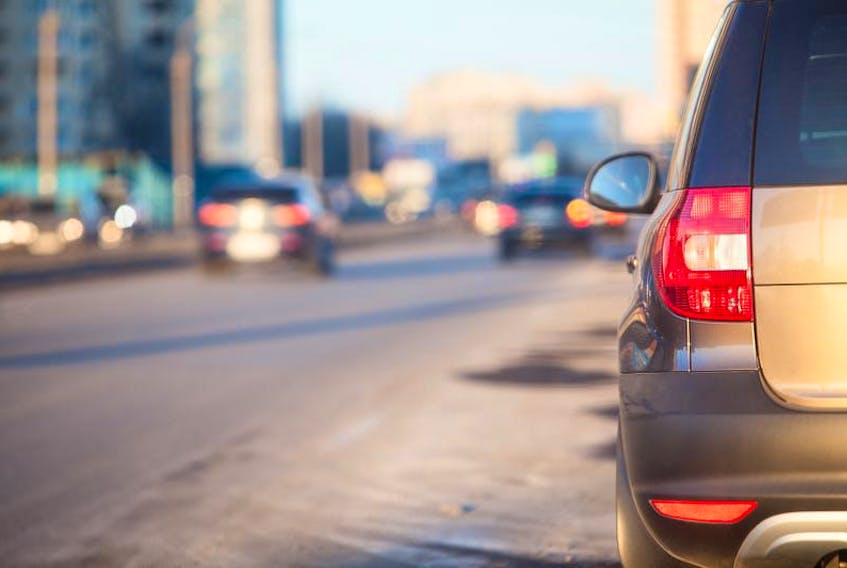Communication is key when driving.
It is widely believed that up to 80 per cent of crashes can be eliminated entirely or reduced in severity if the drivers involved had one additional second of warning.
Such awareness comes through communication and vision — the two most significant factors in driving safely.
Communication is by definition an exchange of information. A great deal rests on how well and how soon a driver communicates with other road users, whether they are on wheels or on foot.
Effective roadway communication centres around sending a clear signal about your intentions at the proper time and recognizing signals sent by other road users.
Timing and clarity are significant to both parties. As the sender, the driver must select the best method and time to do so. As a receiver, you must be able to see and recognize or understand the message.
Basically drivers exchange four different types of information: intentions, warnings, presence and feedback. Lights are used for the first — intentions.
We signal our intention to turn, flash our headlights when intending to pass, the back-up lights come on when we intend to reverse and brake lights signal our intention to stop.
Similarly they can be used as a warning. Four-way flashers can be used to signal trouble ahead — say for example if you stop for road construction and wish to alert vehicles approaching from the rear that traffic is stopped.
Flashing your lights at an approaching driver to warn them their headlights are on high beam or not on at dusk, is another example of a warning.
Four-way flashers are also used to indicate presence, such as that of a parked vehicle or disabled vehicle in a location that may interfere with other vehicles.
Feedback is usually given through hand or head gestures such as telling another driver to go first at an intersection, or letting them into the flow of traffic.
Recognizing another driver’s gesture of this type, thanking them, telling a pedestrian you see them — these are all forms of communication, whether from a nod of the head, a wave or a smile. The horn is also a common form of communication. A short sharp touch of the horn can serve as an alert, warning or thank-you, depending on the situation.
Communication can be obvious — a signal light, or the sound of a horn. Or they can be almost subliminal — a pedestrian walking head-down toward a crosswalk in a rainstorm is subconsciously sending you a signal they may walk right into that part of your route.
Timing is also an important part of communicating in traffic. Signal your intentions to turn too far in advance and that signal will have lost its impact by the time you slow for the turn.
Following and facing drivers will have noticed the signal, made allowances and then figured you left it on and have no intention of turning.
Similarly signalling too late, immediate at the point of slowing and turning, does not allow time for other road users to take appropriate actions. As a rule of thumb, give three to four seconds warning.
You can see signals from other drivers not only through the windshield and side windows, but also through your side and rear-view mirrors.
Sometimes we, as drivers, have to interpret the actions and positions of others, for example the pedestrian referred to above. Or perhaps when we see a vehicle travelling in the opposite direction pull into a left-turn lane as we approach an intersection.
Even if that driver does not signal his or her intention to turn left, we have been alerted to the fact they could turn across the road in front of us. Similarly we might be following a vehicle on a two lane road and notice the driver constantly moving toward the centre line and/or moving their head to try to see past the vehicle ahead of the.
If we are paying attention, we’d pick up on the fact that driver is getting impatient and will probably pull out to pass at the first opportunity.
Pedestrians and two-wheel vehicles — powered or unpowered — are often overlooked literally and figuratively.
All are capable of communicating with us and most will do so. But we must be aware of the hidden communication, such as a cyclist or pedestrian looking over their shoulder as they approach an intersection, likely in advance of turning or entering the roadway.
Traffic is a dynamic environment, constantly changing.
Staying alert to signals from all those sharing that environment with you — and giving them clear signals in a timely manner will prolong your life, theirs and help keep your insurance rates in check.









